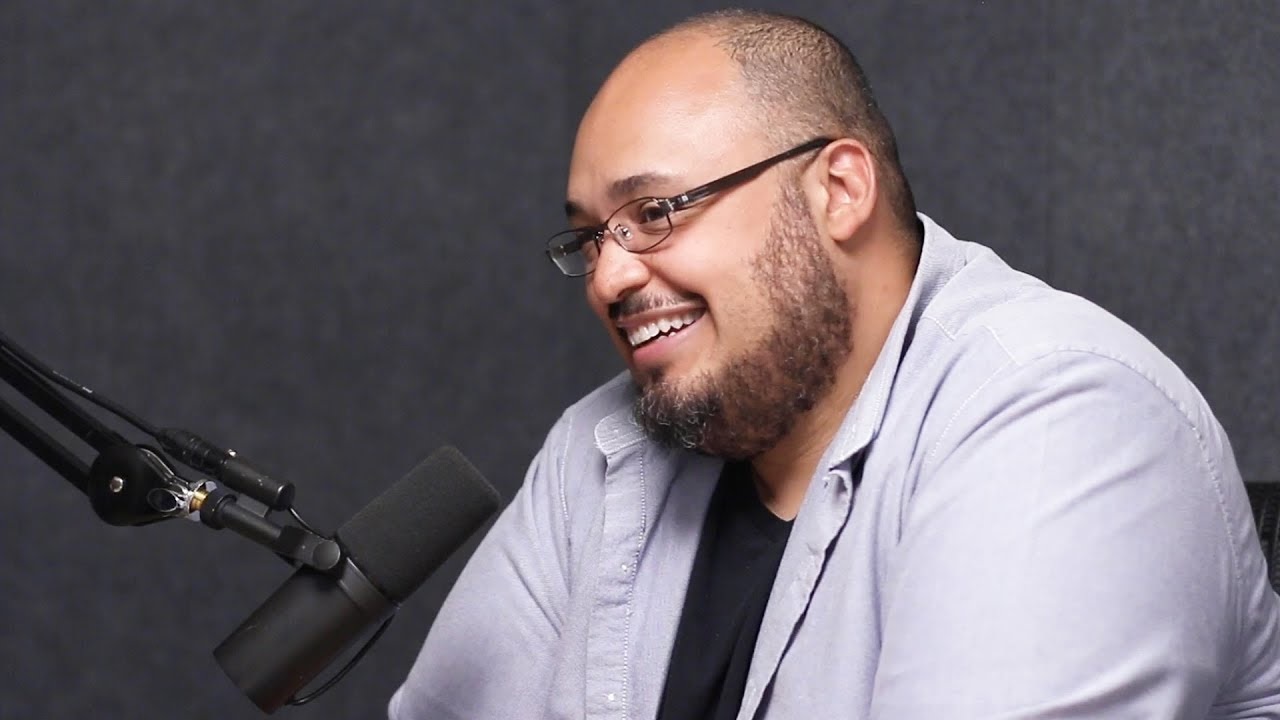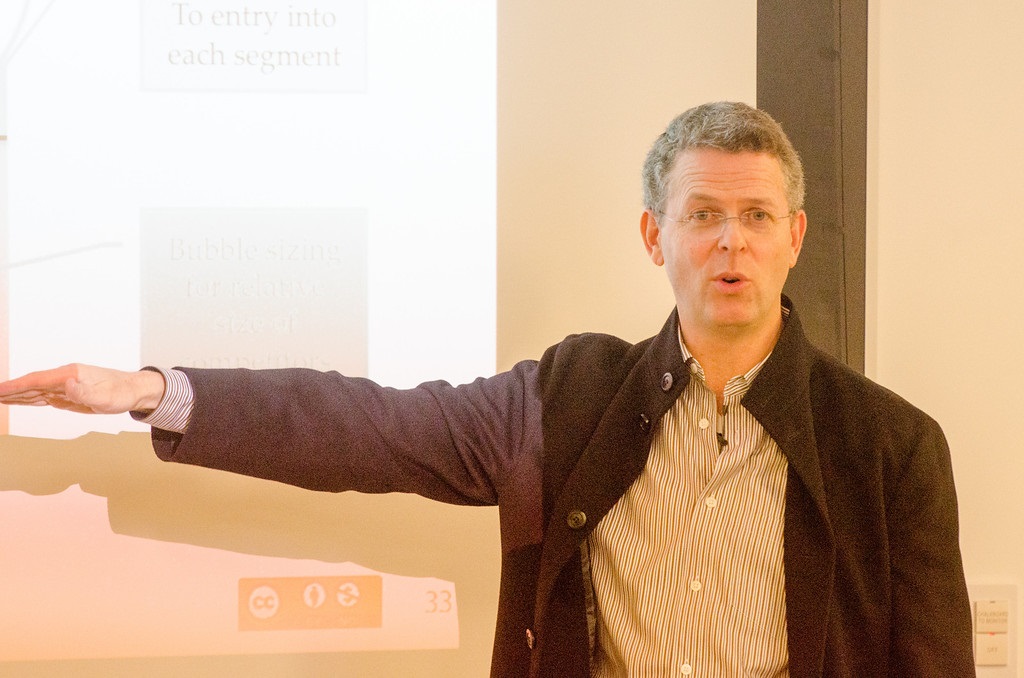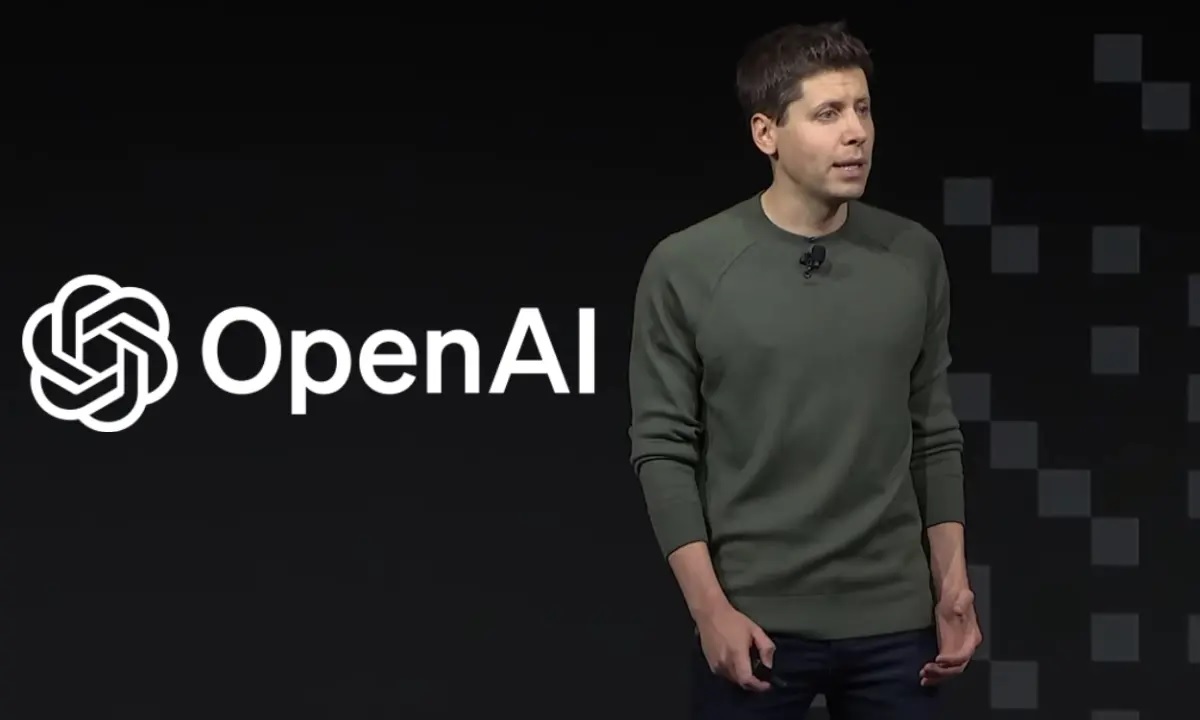In a world where perfection is often prized above progress, Michael Seibel debunks the myth that startups need to launch with a flawless product. As a Managing Director at a startup accelerator company, Y-Combinators, he advocates for simplicity, speed, and adaptability. This blog post explores the essence of building a minimum viable product (MVP), highlighting its significance as a cornerstone for startup innovation and success.
Embracing the MVP Mindset
At the heart of the MVP concept is the notion of launching quickly and iterating based on real customer feedback. Seibel underscores the folly of over-planning and over-designing, pointing out that true learning about customer needs begins only when they interact with your product, however imperfect it might be. This iterative process is not just about refining a product but about engaging in a dynamic conversation with your users, understanding their problems, and adapting your solution to meet their needs more effectively.
The Pre-launch Startup Goals
The journey of an early-stage startup should be marked by rapid deployment, constant user engagement, and relentless iteration. The primary objective is to get a functional product into the market swiftly, gather feedback from initial customers, and use this feedback to refine the product. This cycle of build-measure-learn is not just a pathway to improving your product; it’s a strategy for building a customer-centric business.
Overcoming the Fear of Imperfection
One of the most significant barriers to launching an MVP is the fear of rejection or failure. Founders often worry that an imperfect product might tarnish their reputation or deter users. However, Seibel reassures that early adopters, the first users of your product, are more forgiving than you might expect. They are innovators by nature, accustomed to the growing pains of new technologies and willing to collaborate on improving the product. The real risk lies not in launching an imperfect product but in delaying launch out of fear of imperfection.
The Myth of the Perfect Product
The allure of creating a “god-level” product right out of the gate is a common pitfall for many founders. Seibel dismantles this notion by reminding us that even the most iconic products, like the iPhone, went through numerous iterations before becoming the polished versions we admire today. Starting small and simple gives you the flexibility to evolve based on actual user needs rather than assumptions.
Practical Steps to Building an MVP Quickly
Seibel offers actionable advice for translating the MVP philosophy into practice:
- Set a Deadline: Imposing a tight timeframe forces you to focus on the essentials.
- Write Down Your Spec: Clearly define what you aim to build to avoid scope creep.
- Prioritize Ruthlessly: Evaluate every feature for its immediate value to your most desperate customers.
- Embrace Change: View your MVP as a starting point, not a masterpiece.
Finding Your “Hair on Fire” Customers
Identifying and targeting users who are in dire need of your solution is critical. These early adopters are not just more likely to forgive your MVP’s flaws; they’re also invaluable sources of feedback and evangelism. Seibel’s analogy of selling a “brick” to someone whose hair is on fire vividly captures the essence of solving a pressing need with a less-than-perfect solution.
The Illusion of the Survey Shortcut
While surveys and user interviews can offer insights into customer pain points, they fall short of revealing effective solutions. True innovation comes from interpreting these pain points creatively and offering tangible products for users to interact with and react to. It’s in this interaction that the real magic happens, leading to breakthroughs that surveys alone cannot achieve.
Conclusion: Iteration Is Key to Innovation
The path to a successful product is paved with iterations, not with waiting for perfection. By embracing the MVP approach, startups can embark on a journey of continuous learning and adaptation. This ensures that they remain aligned with their users’ evolving needs. It’s a reminder that in the dynamic world of startups, those who learn fastest are the ones who lead the way.



